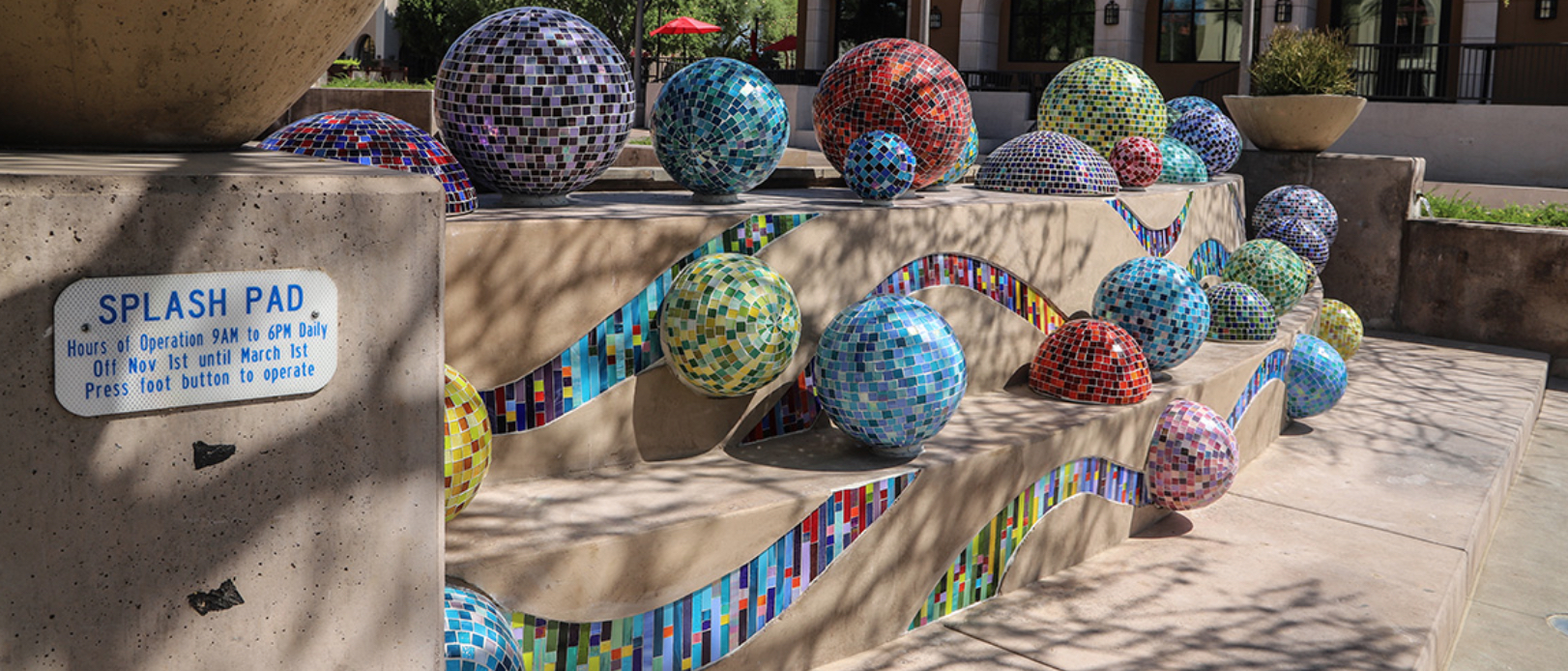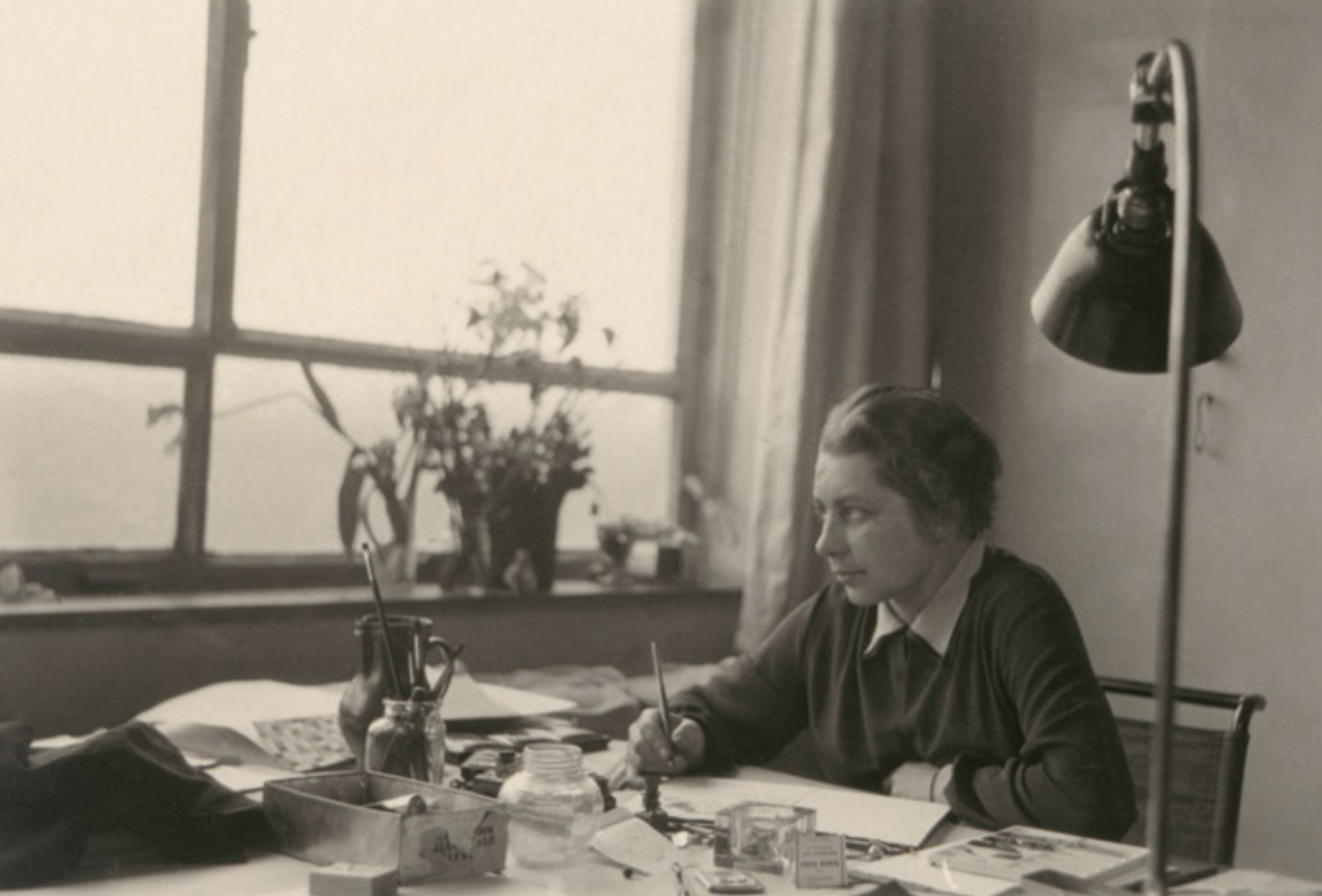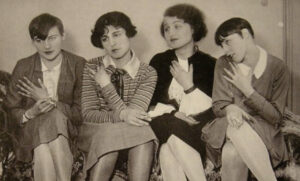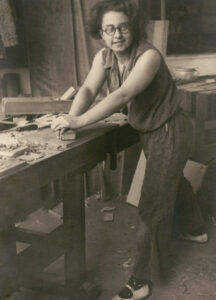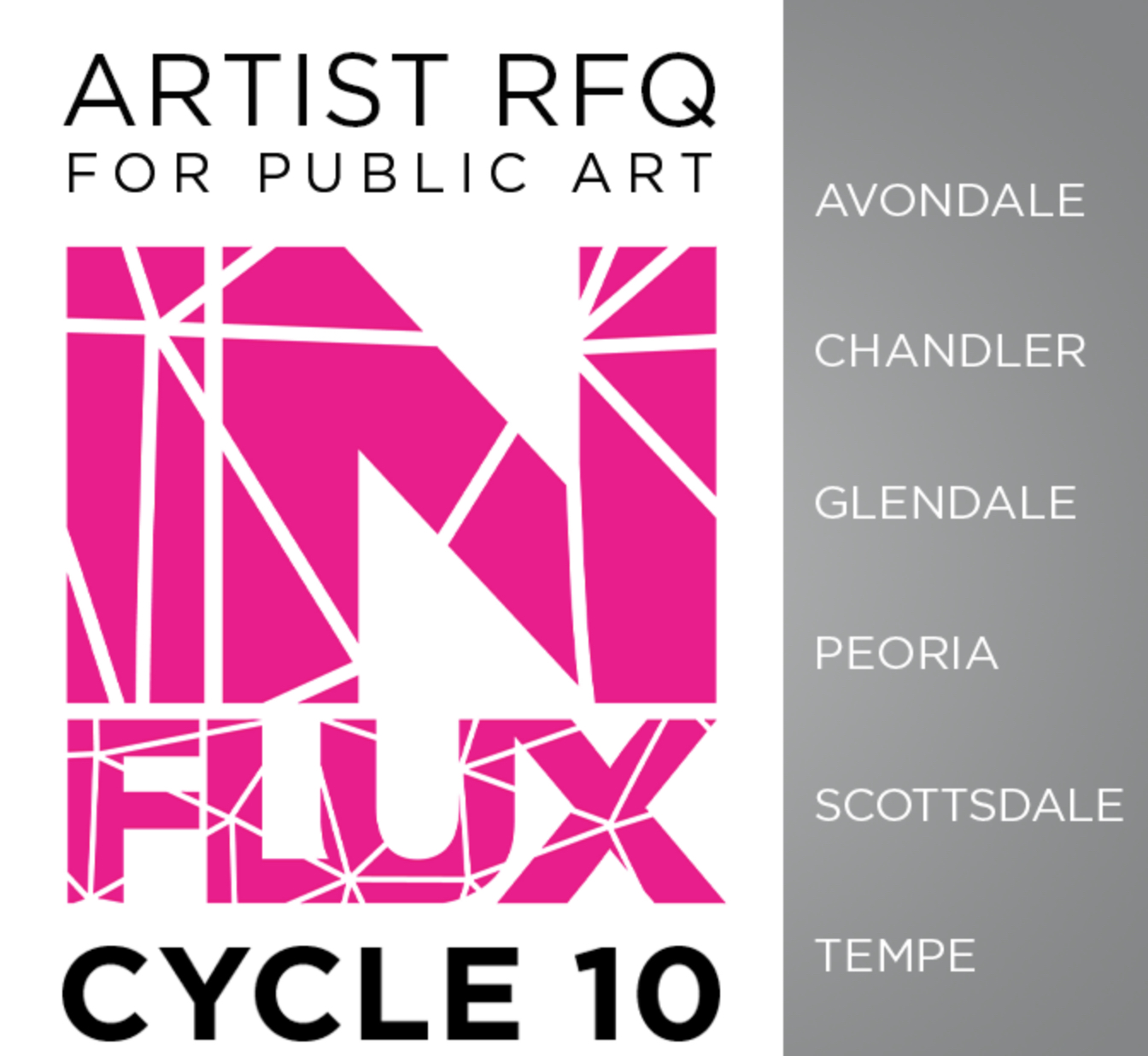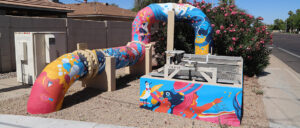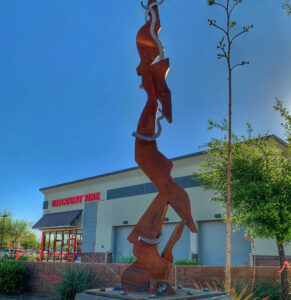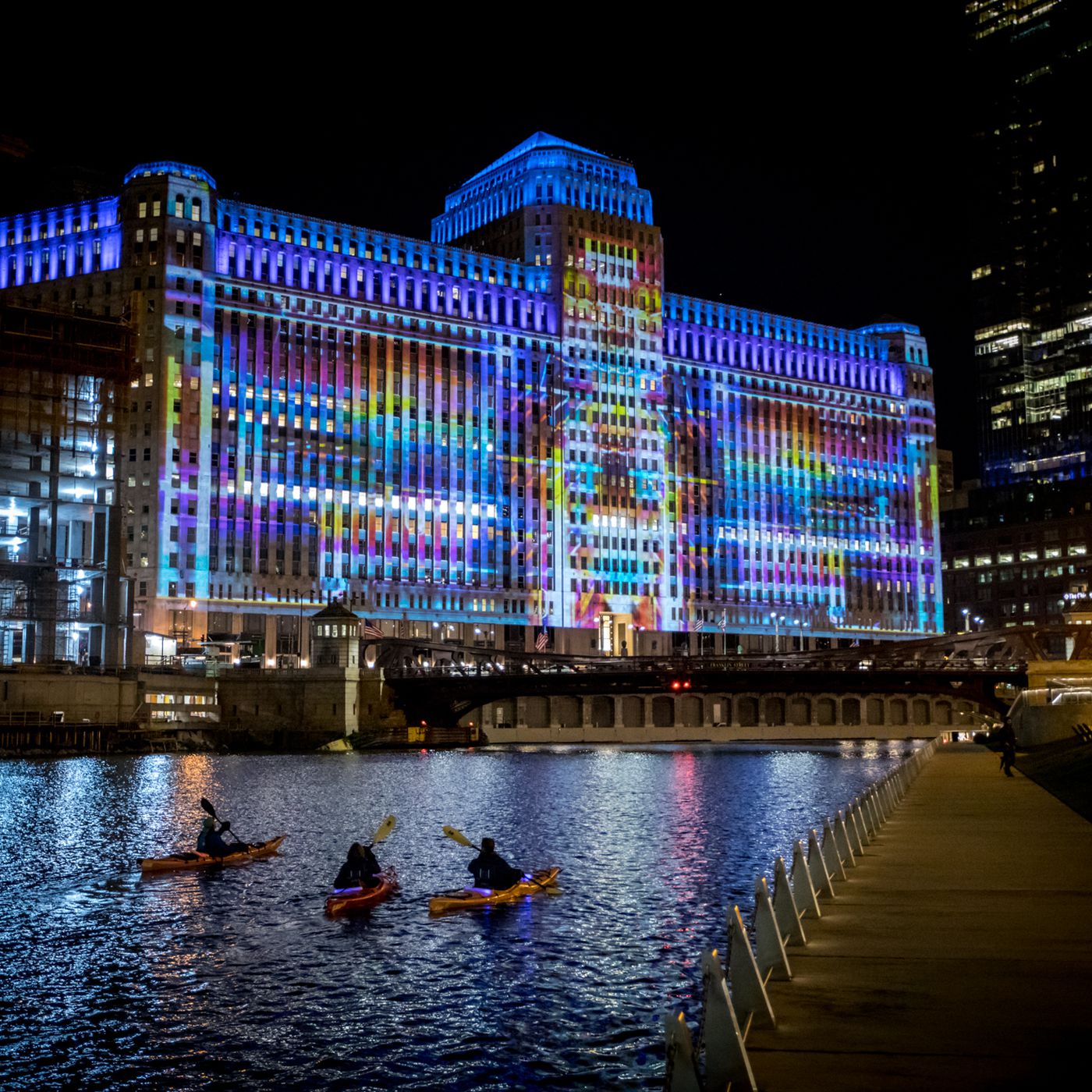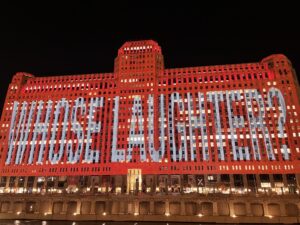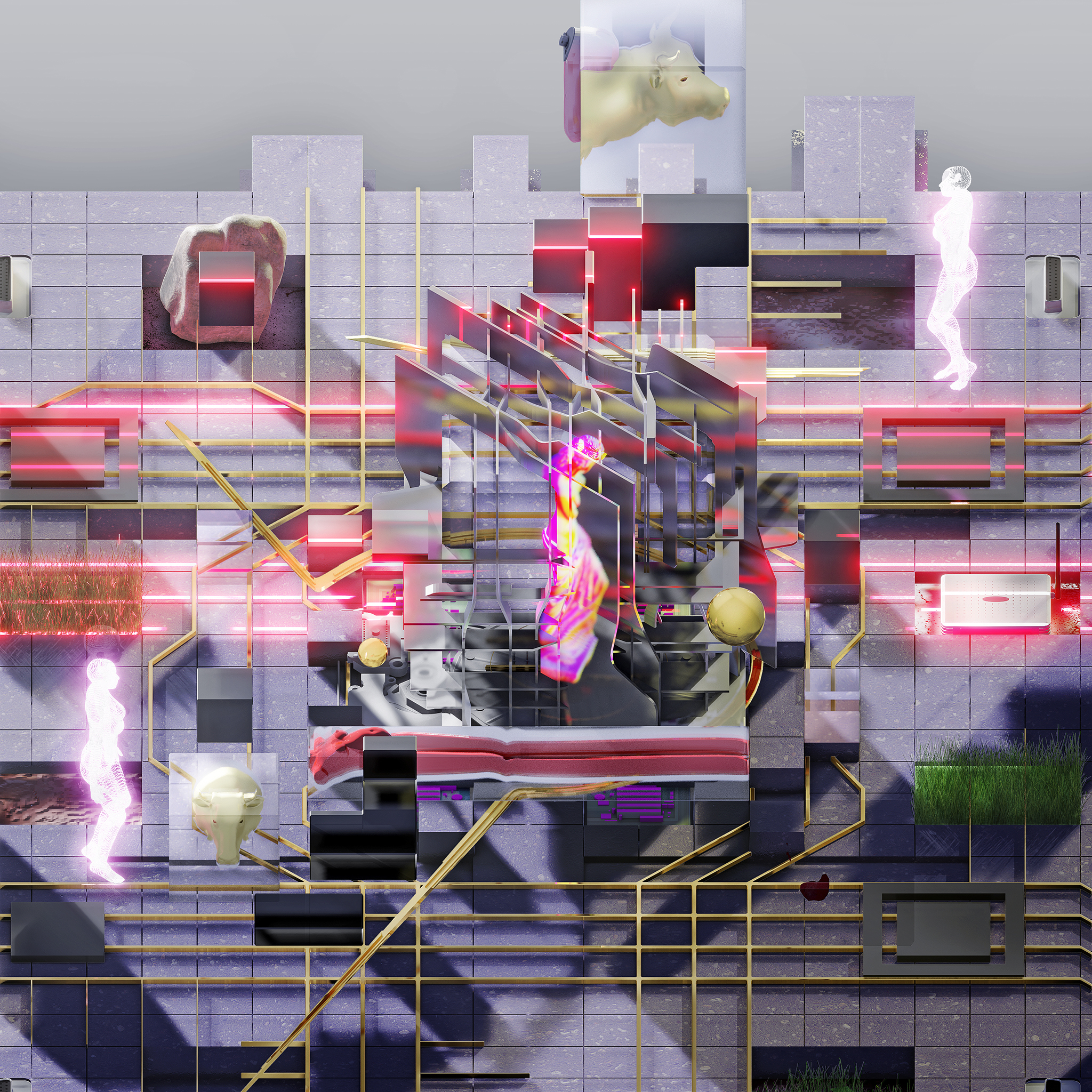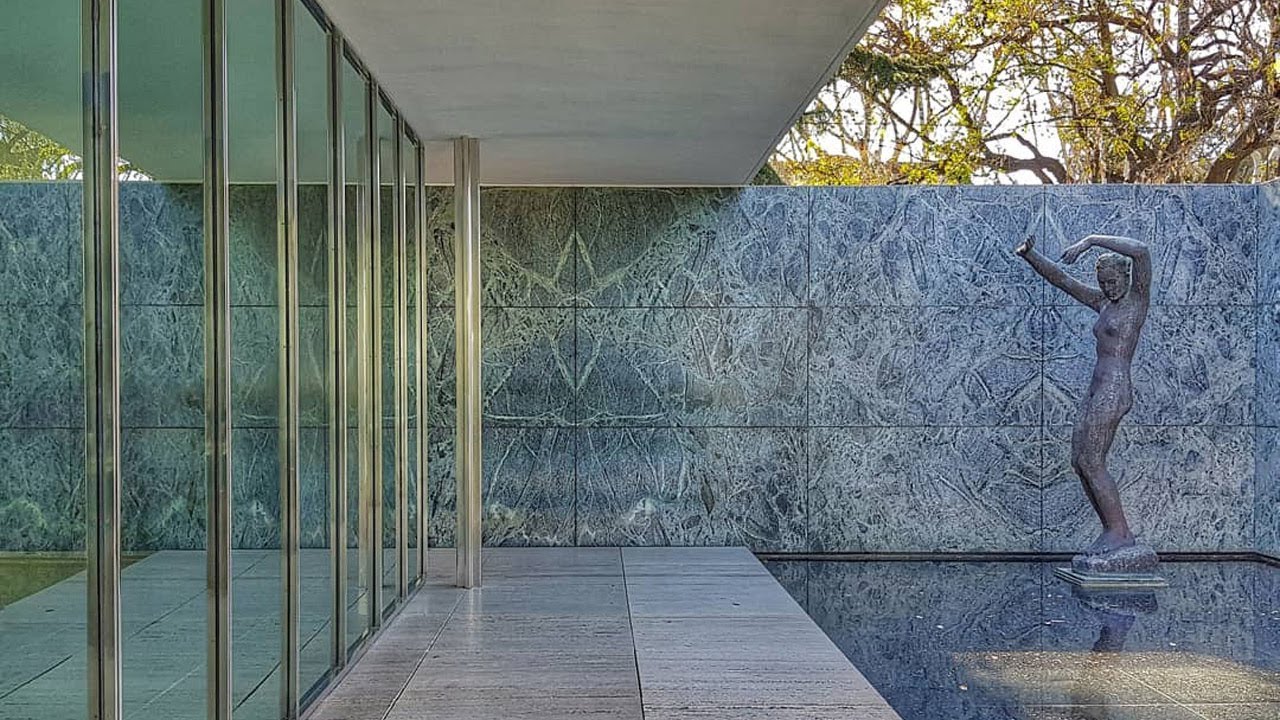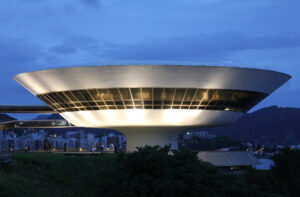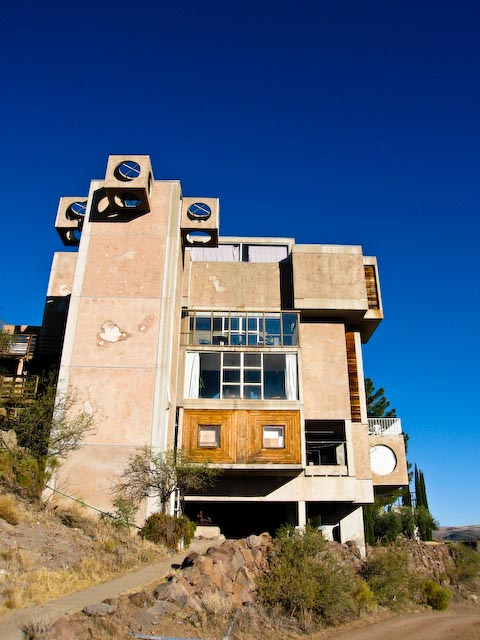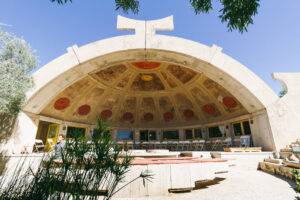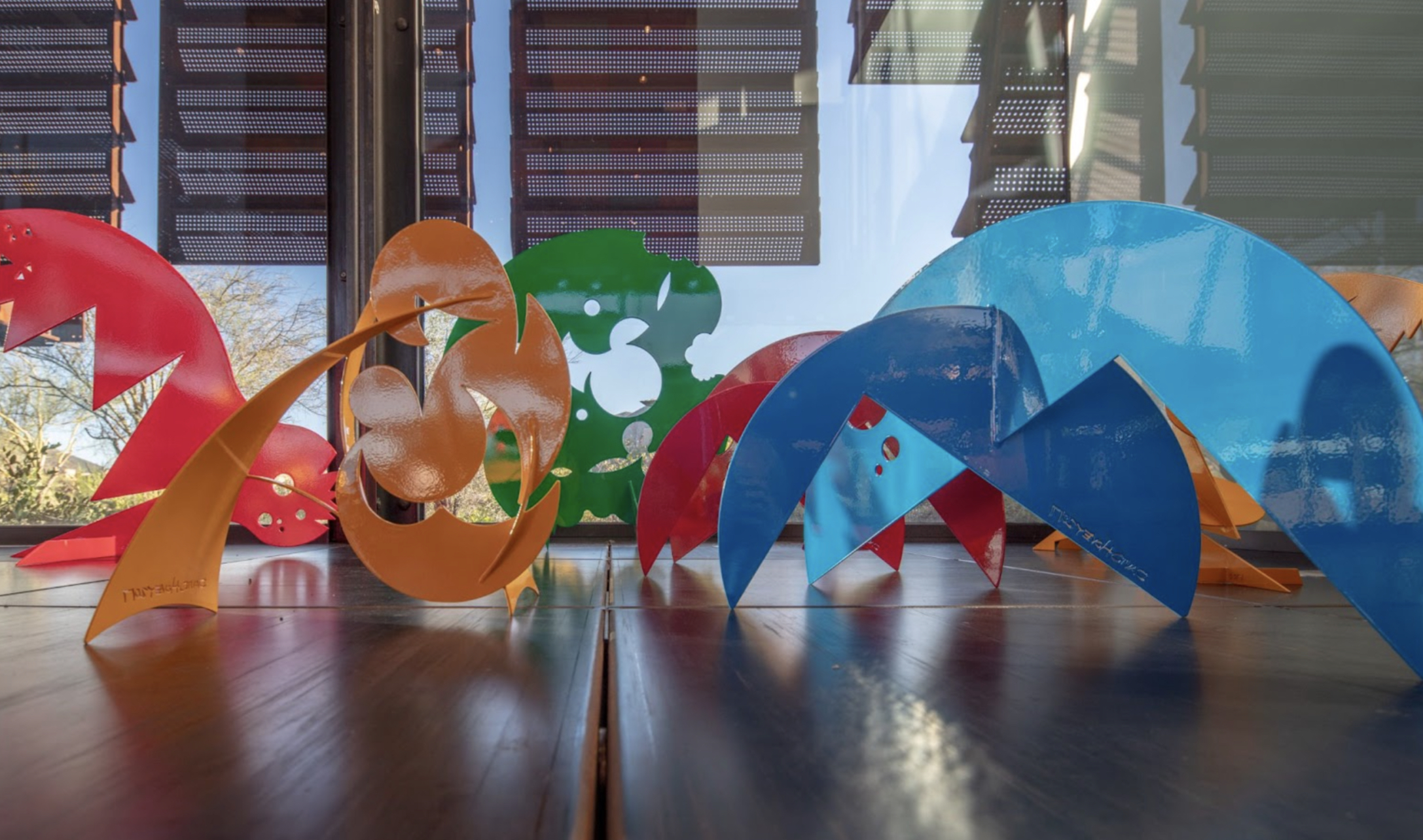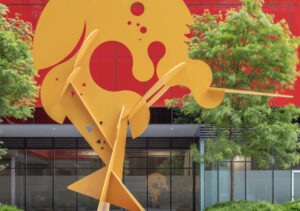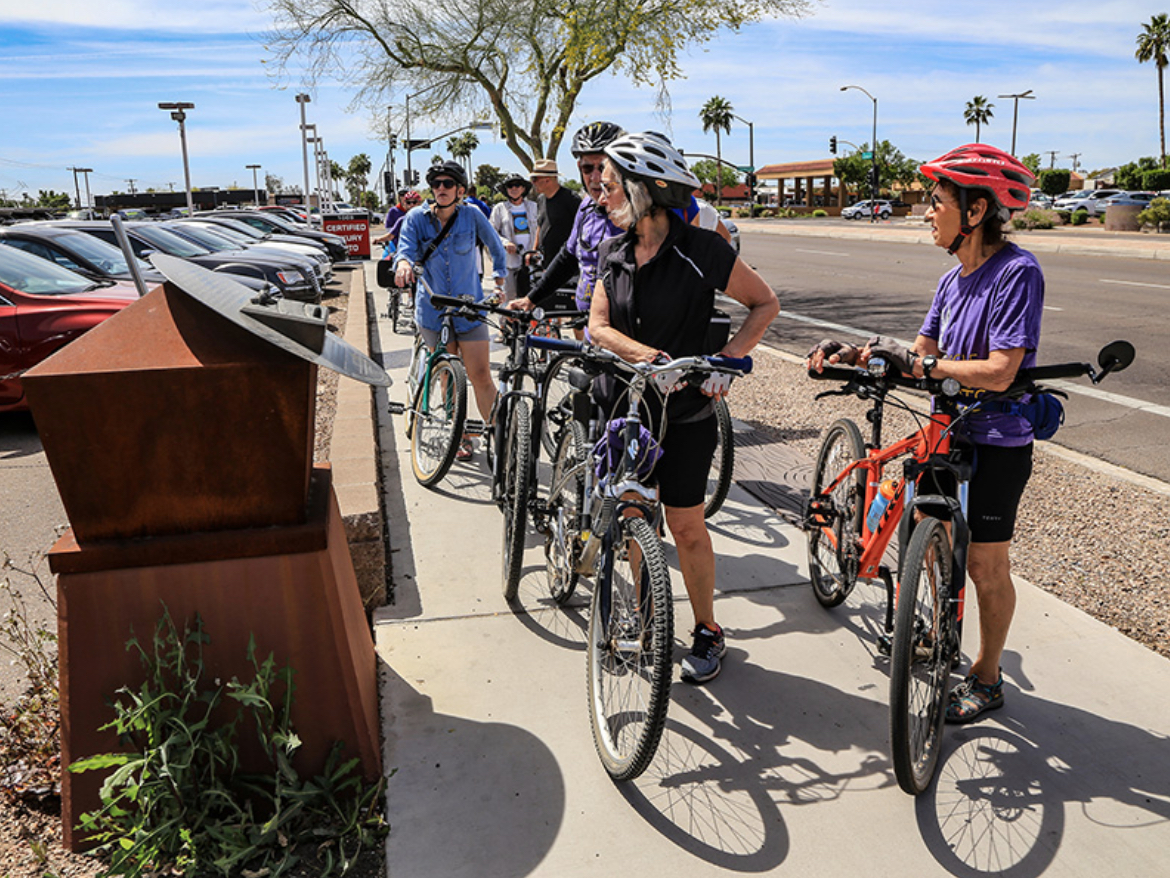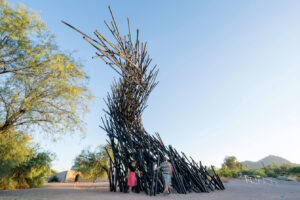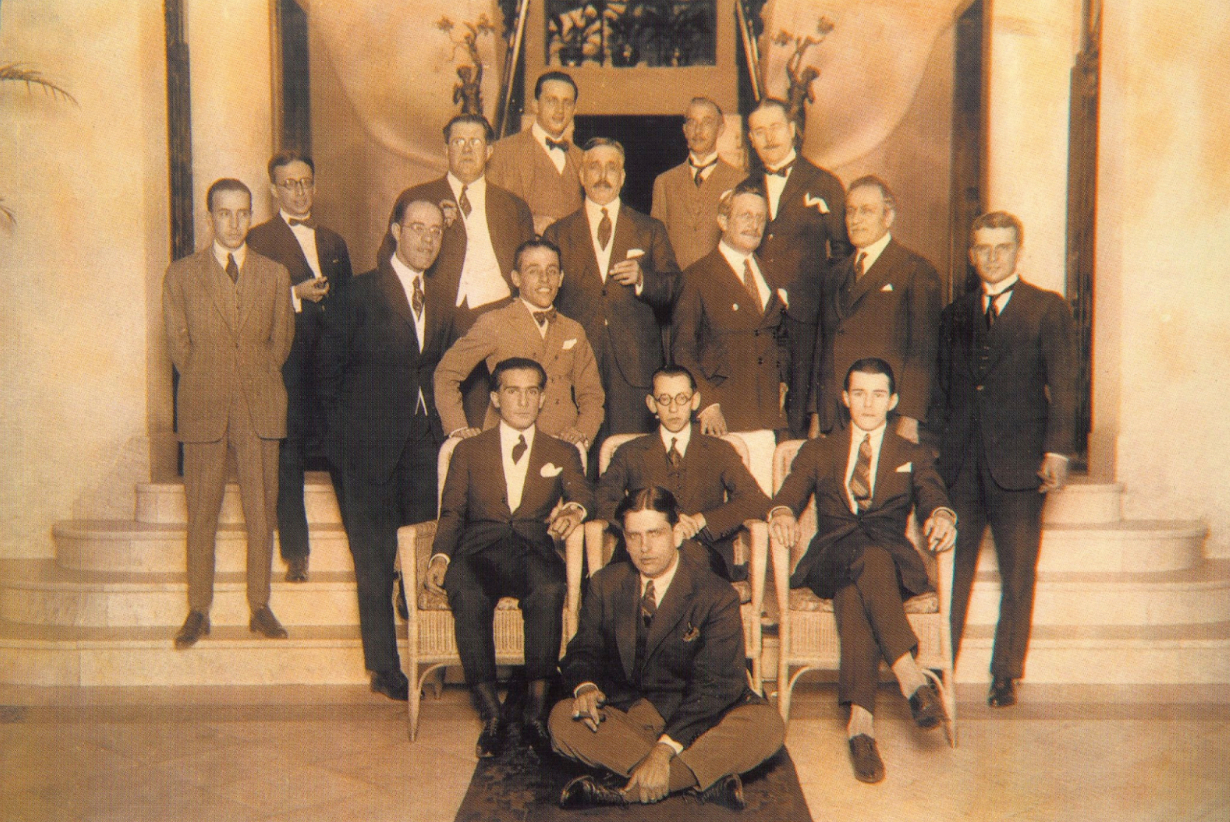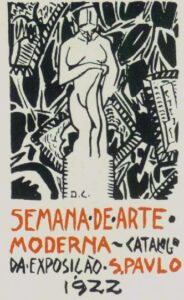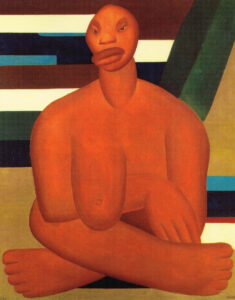Scottsdale’s appreciation for art enables artists to publicize their talents and add to the environment’s imaginative aesthetic year-round. From initiatives like IN FLUX Cycle 10 to classic installations like Knight Rise, Scottsdale proudly embraces the impact behind sharing art with others. Today, we’re spotlighting Scottsdale’s latest addition of public art, Pinball Wizard.
Completed in June 2022, Old Town Scottsdale welcomes Pinball Wizard as the city’s newest public art installation. Public Artist Annette Coleman worked with Scottsdale Public Art to design and construct the vibrant project using colored glass. Coleman is well-known for her illustrative mosaic public art installations, many of which reside in Colorado, and embraces a public art philosophy rooted in stimulating inspiration and creating community.
Pinball Wizard resides at the Stetson Plaza Splash Pad at the Scottsdale Waterfront and features 30 disco-like mosaic orbs and various mosaic waves built into the environment. Designed to catch light from every angle, the myriad of shapes and bright colored glass in Coleman’s design embraces the playful attitude that already fills the area.
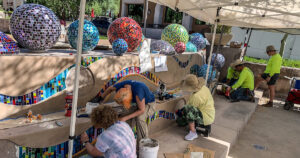
Drawing inspiration from her appreciation for the outdoors, specifically water, wind, flora and fauna, Coleman included various serpent-shaped waves throughout the concrete wall of the splash pad. Her inspiration behind Pinball Wizard, and many of her other projects, also draws from television shows, games and science productions, and other pop culture references.
Pinball Wizard brings a splash of color to the already lively surrounding at Scottsdale’s Stetson Plaza Splash Pad. Visit the public art yourself and hear more from Coleman about its creation here.
